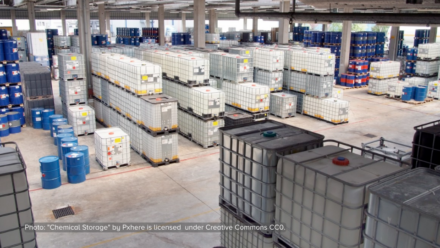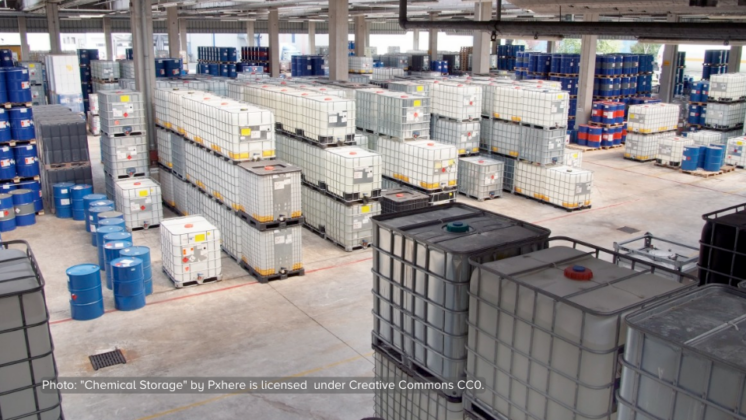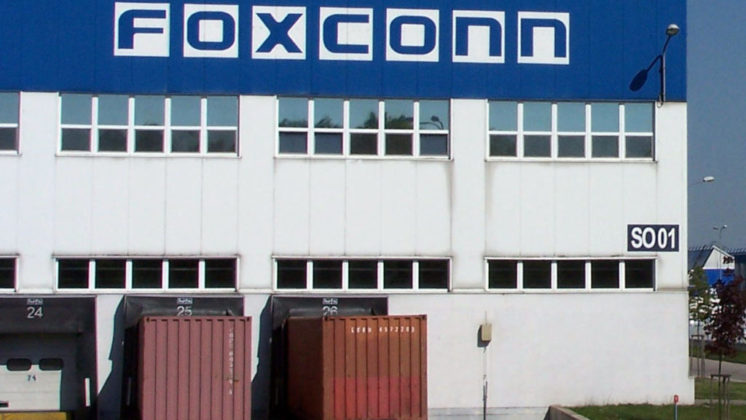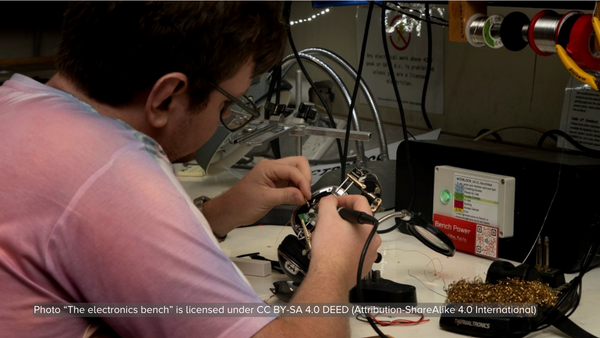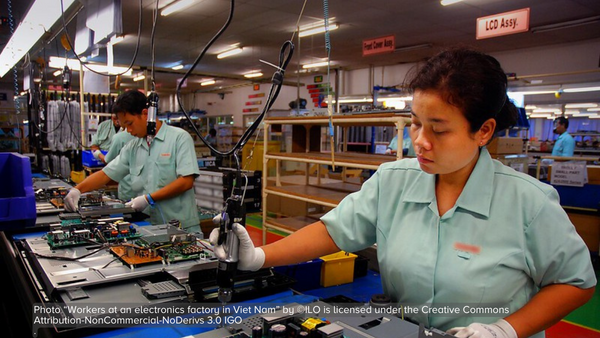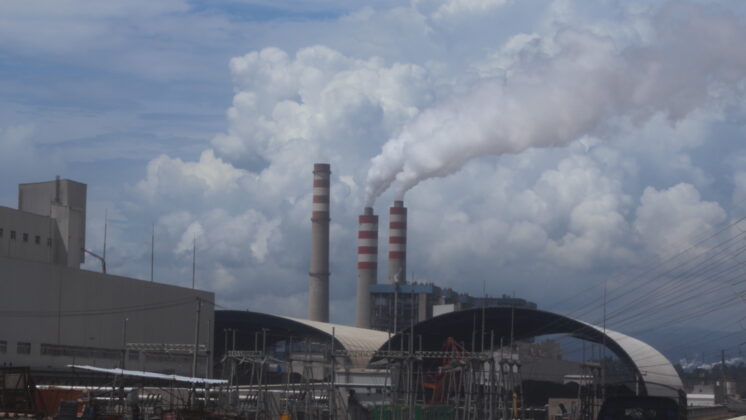This report analyses how global production networks are configured and how the incorporation of firms into these networks impacts on the position of workers and their rights. The apparel and electronics sector in Romania provide the empirical lens to study these questions taking into account broader dynamics in the CEE region. Despite important differences both sectors have been increasingly organised in global production networks, with a global and a regional dimension, involve labour-intensive production steps which have been relocated to countries with lower labour costs and exhibit some similar industry dynamics such as high-competition and ‘fast fashion’-principles as well as labour rights issues. The strategies of lead firms such as H&M and Zara or Hewlett Packard, Dell and Nokia as well as of powerful first-tier suppliers such as Li & Fung in the apparel and Flextronics in the electronics sector aptly illustrate these dynamics.
This report by Leonhard Plank, Cornelia Staritz, Karin Lukas analyses how global production networks are configured and how the incorporation of firms into these networks impacts on the position of workers and their rights. The apparel and electronics sector in Romania provide the empirical lens to study these questions taking into account broader dynamics in the CEE region. Despite important differences (e.g. labour- versus capital-intensiveness, the complexity of the production process or the technology involved) both sectors have been increasingly organised in global production networks, with a global and a regional dimension, involve labour-intensive production steps which have been relocated to countries with lower labour costs and exhibit some similar industry dynamics such as high-competition and ‘fast fashion’-principles as well as labour rights issues. The strategies of lead firms such as H&M and Zara or Hewlett Packard, Dell and Nokia as well as of powerful first-tier suppliers such as Li & Fung in the apparel and Flextronics in the electronics sector aptly illustrate these dynamics.
These industry dynamics strongly influence Romania´s position in production networks, in particular its role as a regional supplier country where low costs and/or flexibility with regard to orders and lead times are paramount concerns. However, besides strategies of lead firms and sector dynamics this report reveals the importance of non-firm actors and specific institutional and regulatory contexts in which global production networks are embedded. In CEE the legacy of the state socialist period as well as of the ‘transition’ period, including EU accession, have importantly influenced the articulation of production networks.
For instance, in electronics policies devised at the national and local level had an important impact on the specific integration of Romanian firms and workers into production networks.
In apparel the EU´s Outward Processing Trade (OPT) agreements created a deeply rooted division of labour between the lead firms in Western Europe and firms in Romania. On the international level the phase out of the Multi-Fibre Agreement (MFA) heavily impacted on the geographical articulation of production networks in the apparel sector and in electronics the Information Technology Agreement (ITA) furthered liberalization and outsourcing.
In the Romanian apparel sector working conditions in the 1990s, at least occasionally, featured sweatshop-like conditions. Gradually, improvements in working conditions occurred which were partly driven by legislative changes and the efforts of labour inspectorates as well as by international consumer campaigns. As a response to consumer campaigns many large buyers adopted Codes of Conduct (CoC). Our findings in the Romanian context suggest, however, that the effect of these firm-driven initiatives is limited as audits were so far mostly concerned with health and safety issues. Lead firms are reluctant to change their purchasing practices and integrate ‘ethical’ concerns into their core business activities. Thus, today the main labour rights issues in the apparel sector in Romania concern wages, working time and work intensity, informal work, trade union representation and to some extent occupational health issues. In the apparel sector workers often receive the sector minimum wage and piece-rate or a mixture of hourly and piece-rate payment and minimum quotas are common. Given the tight targets working overtime is sometimes the only way to meet quotas.
Overtime issues are also related to fluctuating orders which are increasingly unpredictable and demanded on a short-term basis. Informal work in the apparel sector consists of workers employed without contracts, workers with a contract covering the minimum wage but where the additional wage is paid off the books, or workers hired for long testing periods. Further, contract migrant workers have increased in importance in the apparel sector in Romania, in particular from China, Vietnam, Bangladesh and the Philippines. In the apparel sector female workers comprise 80% to 90% of the workforce as the labour-intensive sewing is exclusively done by women. The unionisation rate in the apparel sector is around 25% but there are important differences between former state-owned and newly established private as well as between larger and smaller firms. Cases of abusive dismissal or unfair treatment of union leaders or of employees willing to establish a union are quite common. These issues are closely connected to Romania´s integration as a regional supplier into production networks that are characterised by ‘fast fashion’ tendencies as well as by OPT relations where low costs and/or flexibility with regard to orders and delivery time are paramount concerns.
In the Romanian electronics sector the situation is slightly different, given differences in the structure of production networks and the technology involved. Although plants of lead firms and Contract Electronics Manufacturer (CEMs) seem to have a ‘high-tech‘ image, large parts of the work in these factories are labour-intensive and low-skilled with a majority of female workers operating on the lines (60-70%). In contrast to apparel the technology used in these plants imposes certain minimum standards with regard to working conditions, particularly in the health and safety area. Hence, the main labour rights issues in Romania concern working time and work intensity, flexible employment relationships as well as hostility towards trade unions. In the electronics sector wages are generally higher than in the apparel sector. However, one of the main motivations for lead firms and CEMs to establish production sites in Romania is still low wages and hence wages in the sector are often below the average wage in the respective region. Wage systems are characterised by a fixed base wage and a high variable share. A key concern for lead firms and CEMs is to manage the fluctuating demands of their clients. Hence, working time is strongly exposed to the volatility of (consumer) end markets. To deal with the constant and rapid change in production volumes firms extensively use flexible employment relationships as provided by temporary employment agencies. In the electronics sector, trade unions are generally weak and as most plants have been established through greenfield investments no established structures of organization existed before. CEMs are in particular known for
their hostile behaviour against trade unions. These issues can be related to Romania´s position in a hierarchical, multi-tiered system where firms in Romania carry out relatively unsophisticated activities.

